Exoplanet Discovery: The 7 Earth-Sized Planets of TRAPPIST-1 in Pictures
TRAPPIST-1: A Star with 7 Earths?
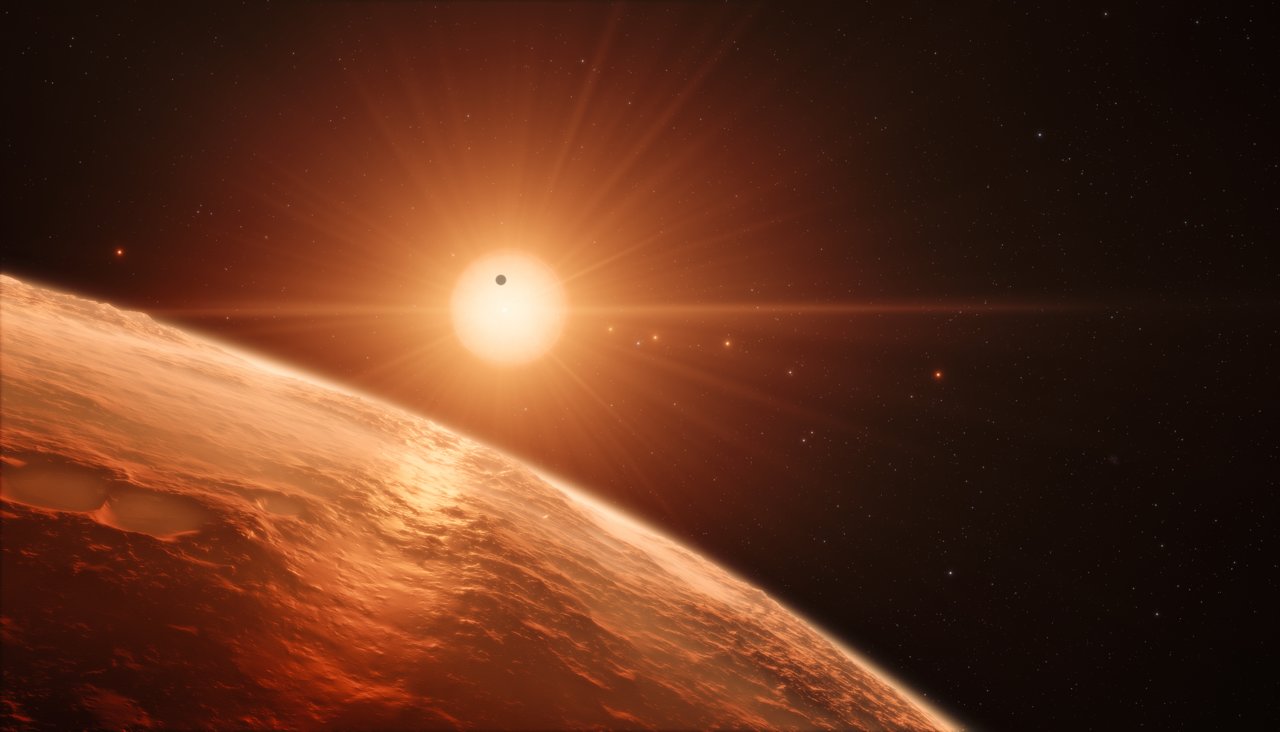
On Feb. 22, 2017, scientists announced the discovery of TRAPPIST-1, an alien solar system with at least seven Earth-sized planets. See pictures of the discovery here. Read the Full Story.
Artist's impression of the cool dwarf star TRAPPIST-1 and its exoplanets, which lie 39 light-years from Earth.
TRAPPIST-1 System
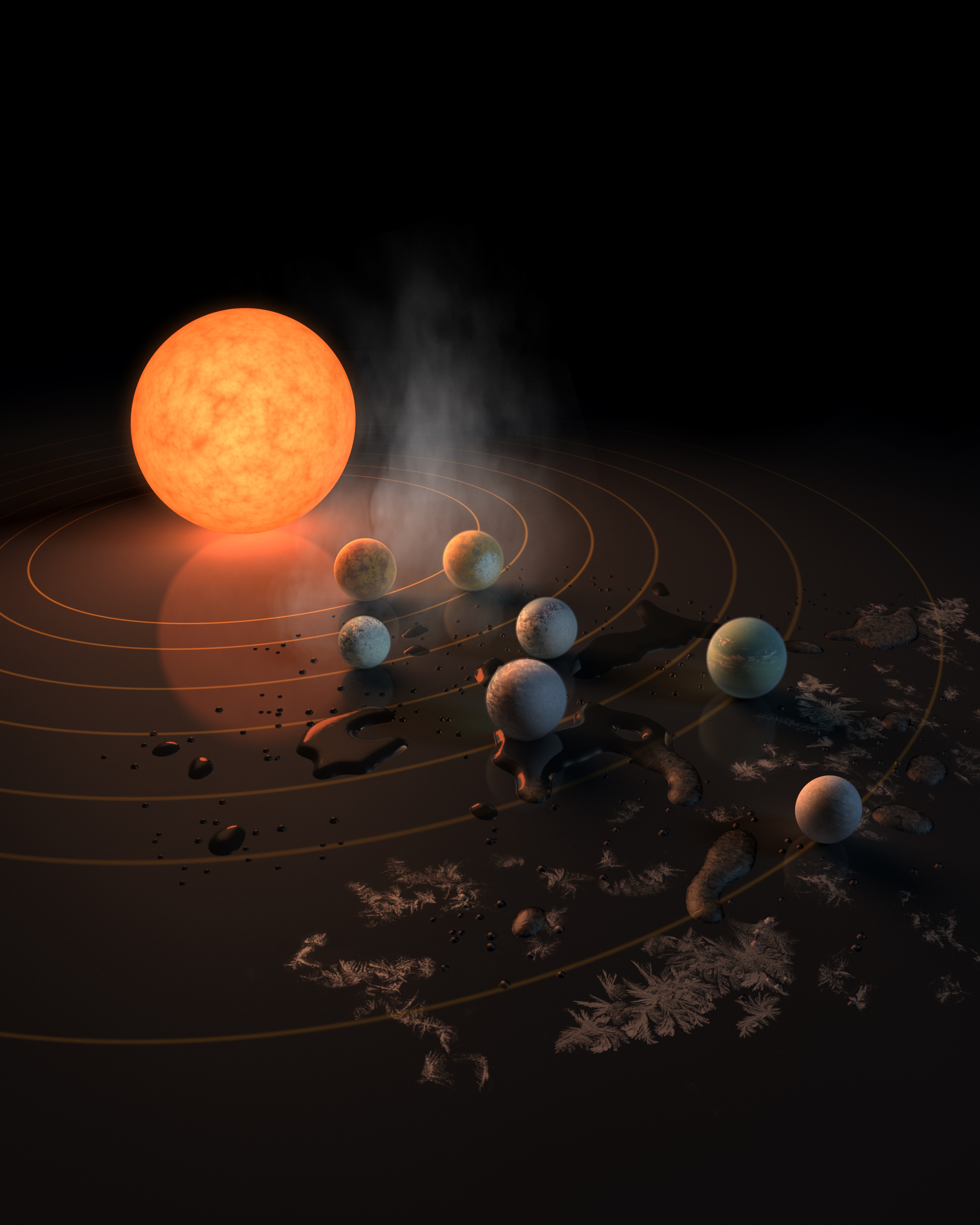
The seven planets in the TRAPPIST-1 system range in mass from 75 percent to 110 percent that of Earth. At least three of the worlds likely have surface temperatures that allow liquid water to exist, scientists say.
TRAPPIST-1 Orbit Diagram
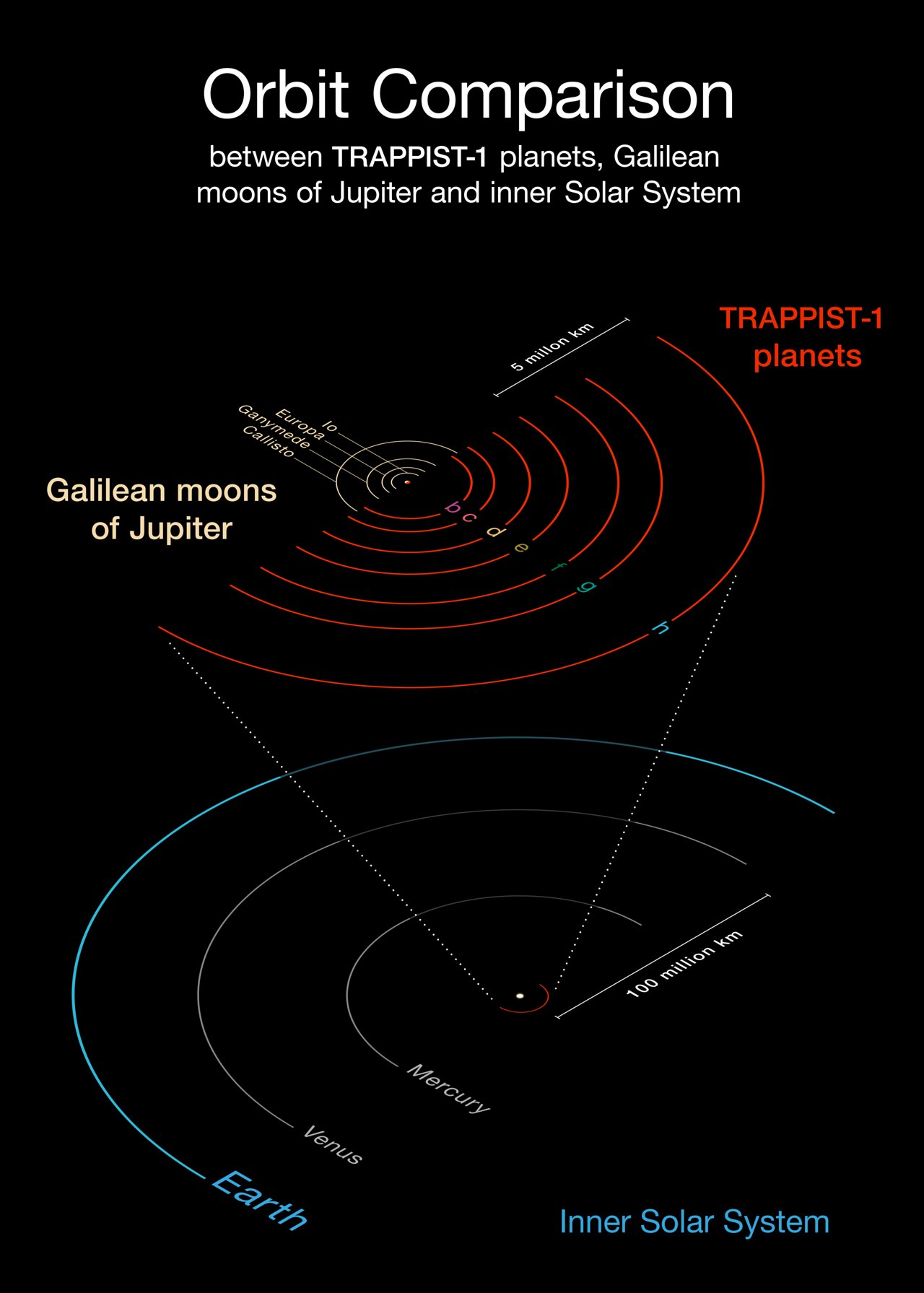
Diagram of the orbits of the TRAPPIST-1 worlds, compared to those of Jupiter's Galilean moons, Mercury, Venus and Earth.
View from the Surface of a TRAPPIST-1 Planet
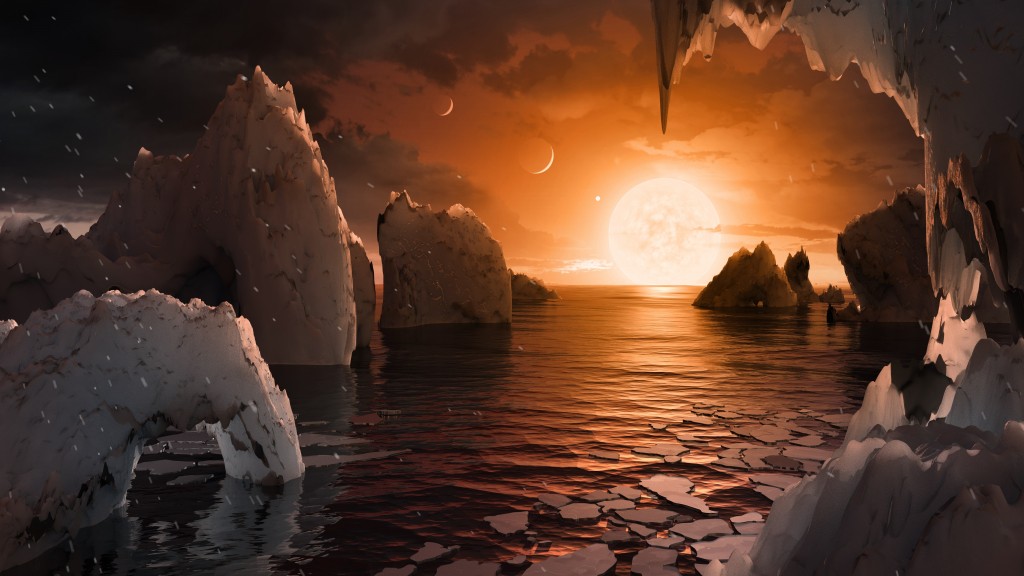
Artist's impression of the view from the surface from one of the seven Earth-size planets in the TRAPPIST-1 system.
TRAPPIST-1 Planets and the Solar System's Rocky Worlds
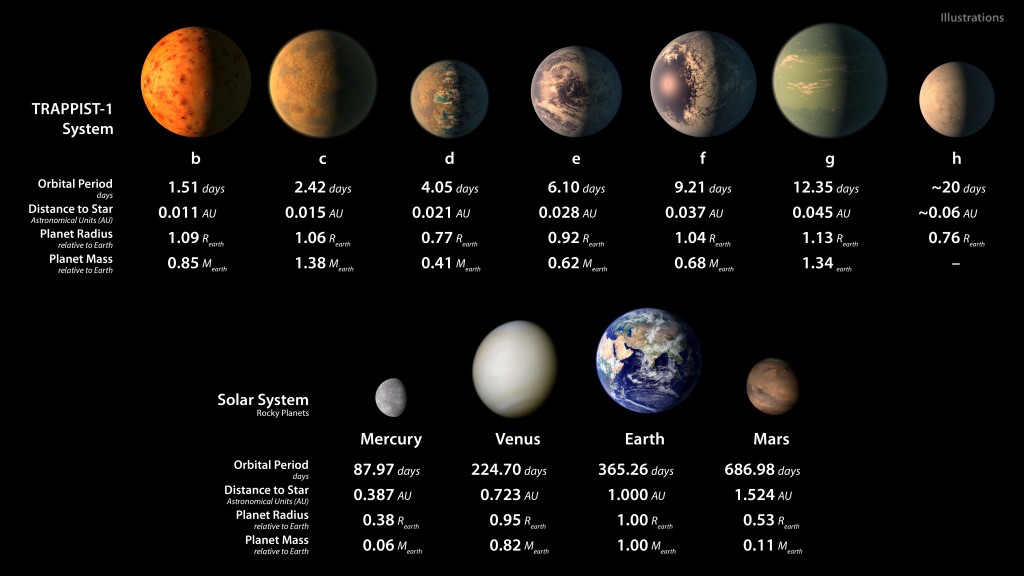
Characteristics of the seven TRAPPIST-1 worlds, compared to the rocky planets in our solar system.
2016 Discovery: 3 TRAPPIST-1 Planets
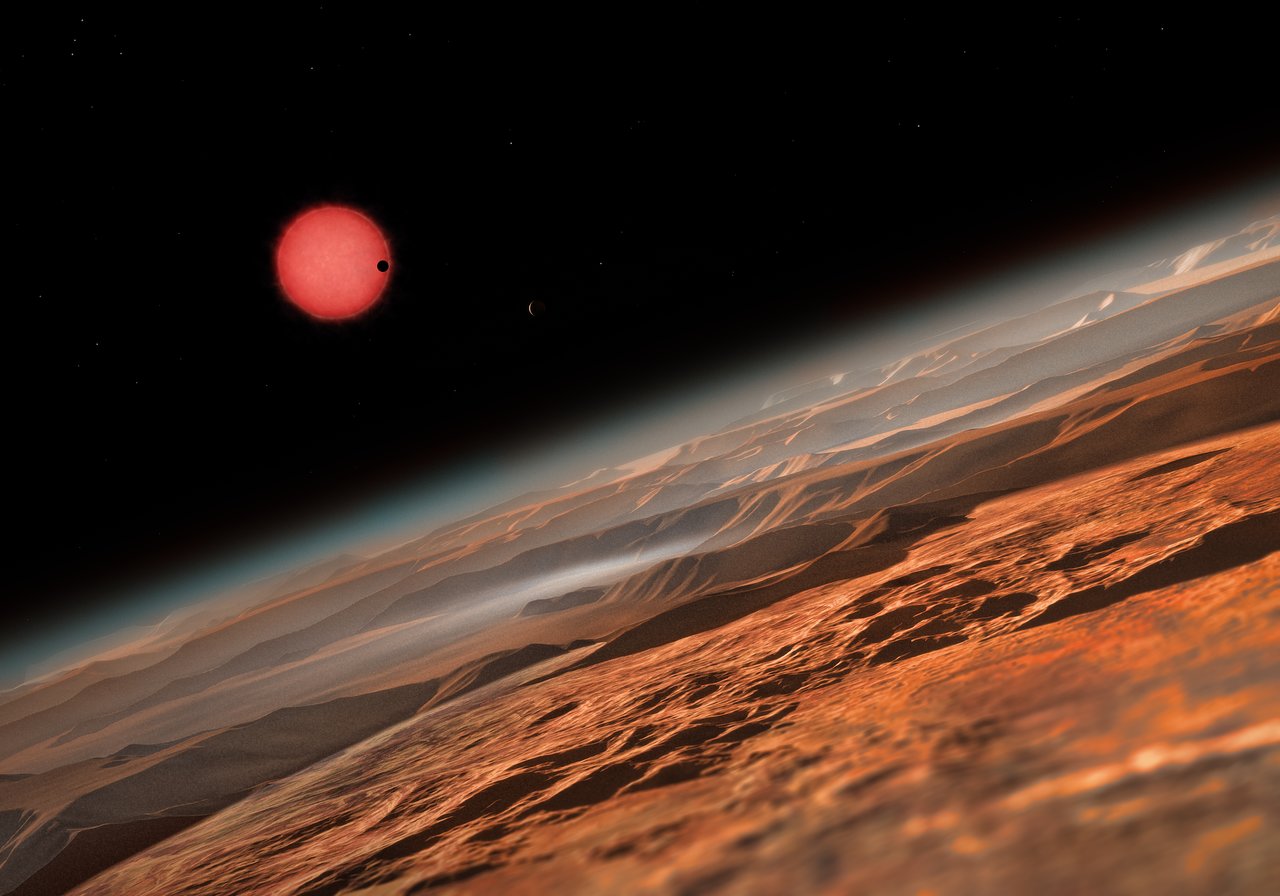
In 2016, astronomers announced the discovery of three Earth-size worlds in the TRAPPIST-1 system. Additional observation upped eventually upped that tally to seven.
Get the Space.com Newsletter
Breaking space news, the latest updates on rocket launches, skywatching events and more!
TRAPPIST-1 Planet: Surface View
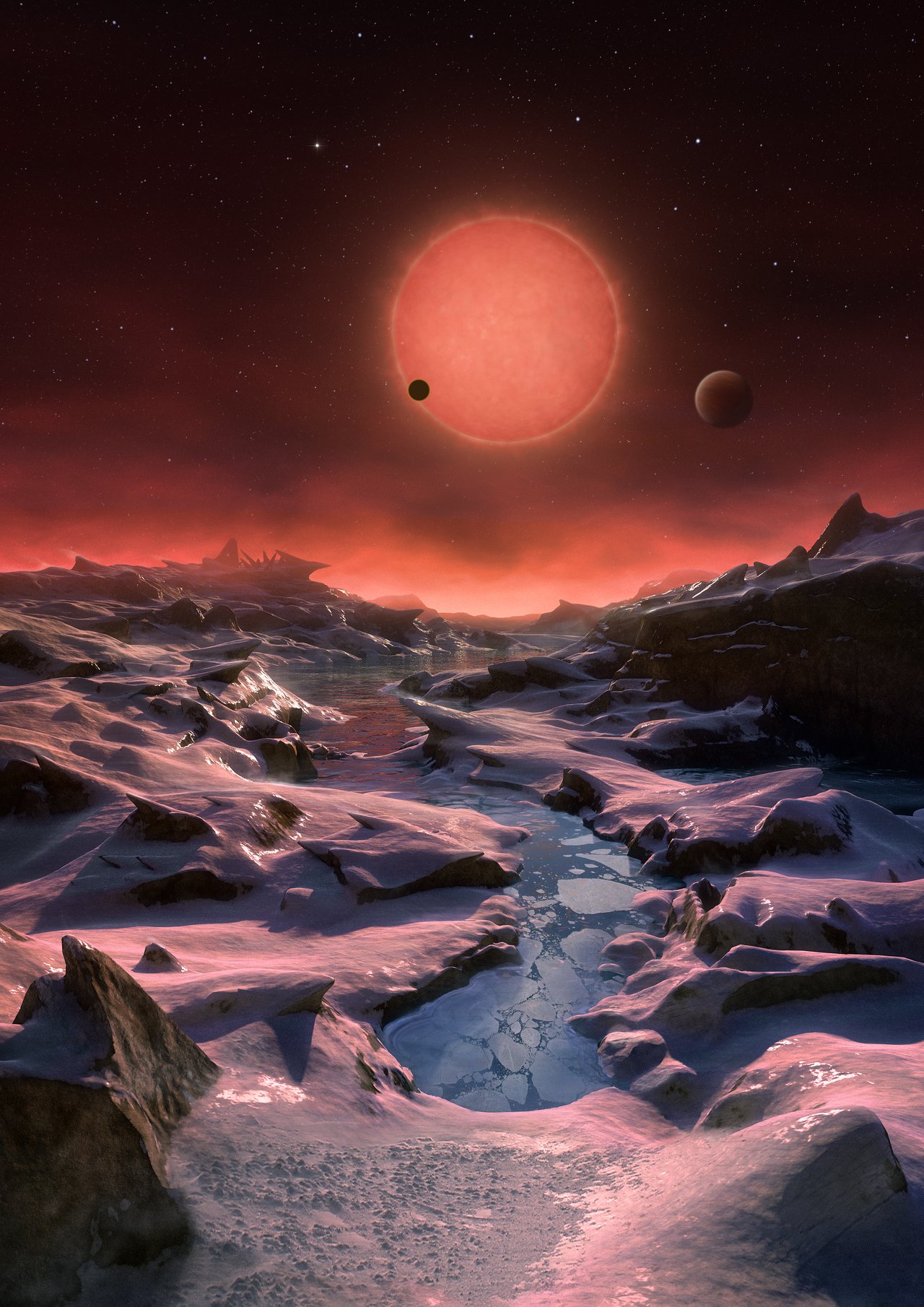
Another artist's impression of the view from a TRAPPIST-1 planet's surface.
TRAPPIST-1 Planetary System: Artist's Concept
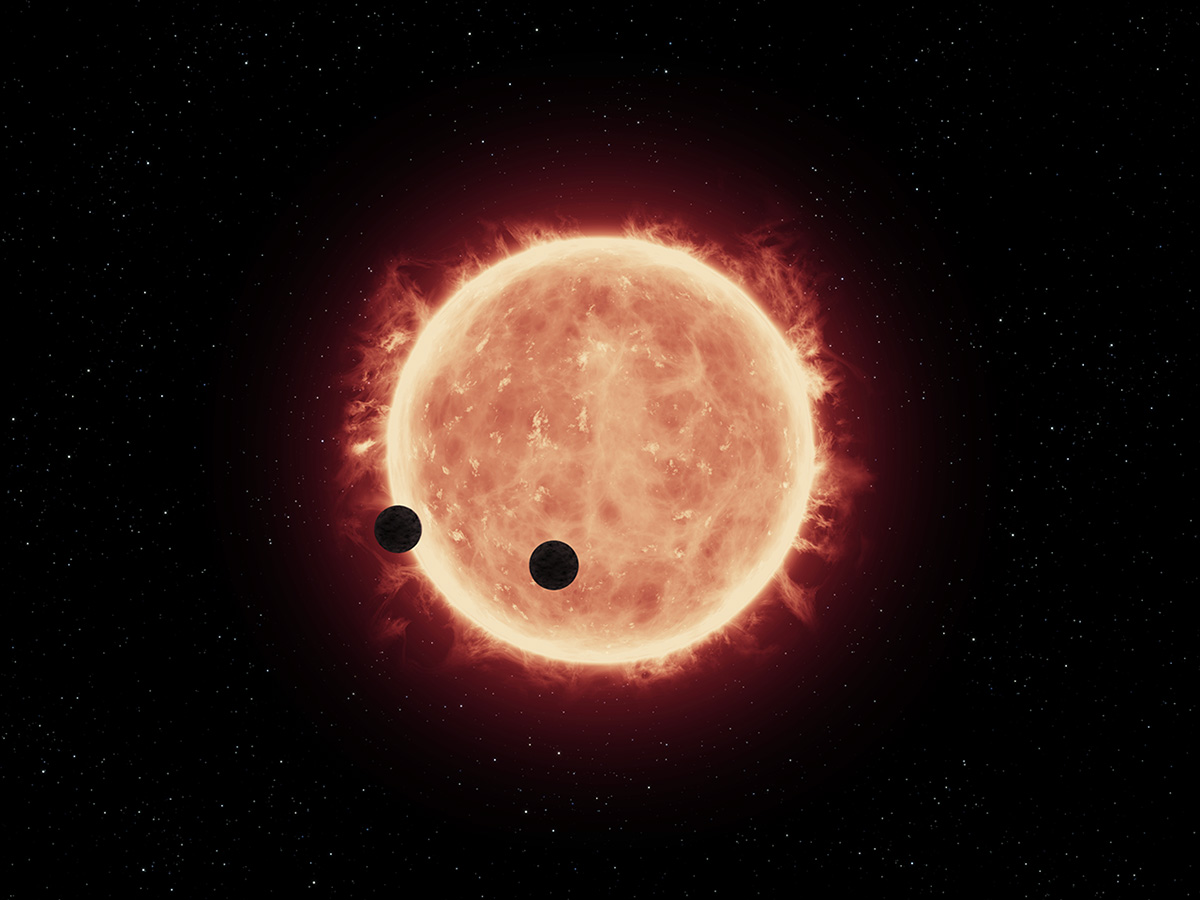
Artist's illustration of two Earth-size exoplanets crossing the face of the dim star TRAPPIST-1, which lies just 39 light-years from Earth.
TRAPPIST-1 System: Size Comparison
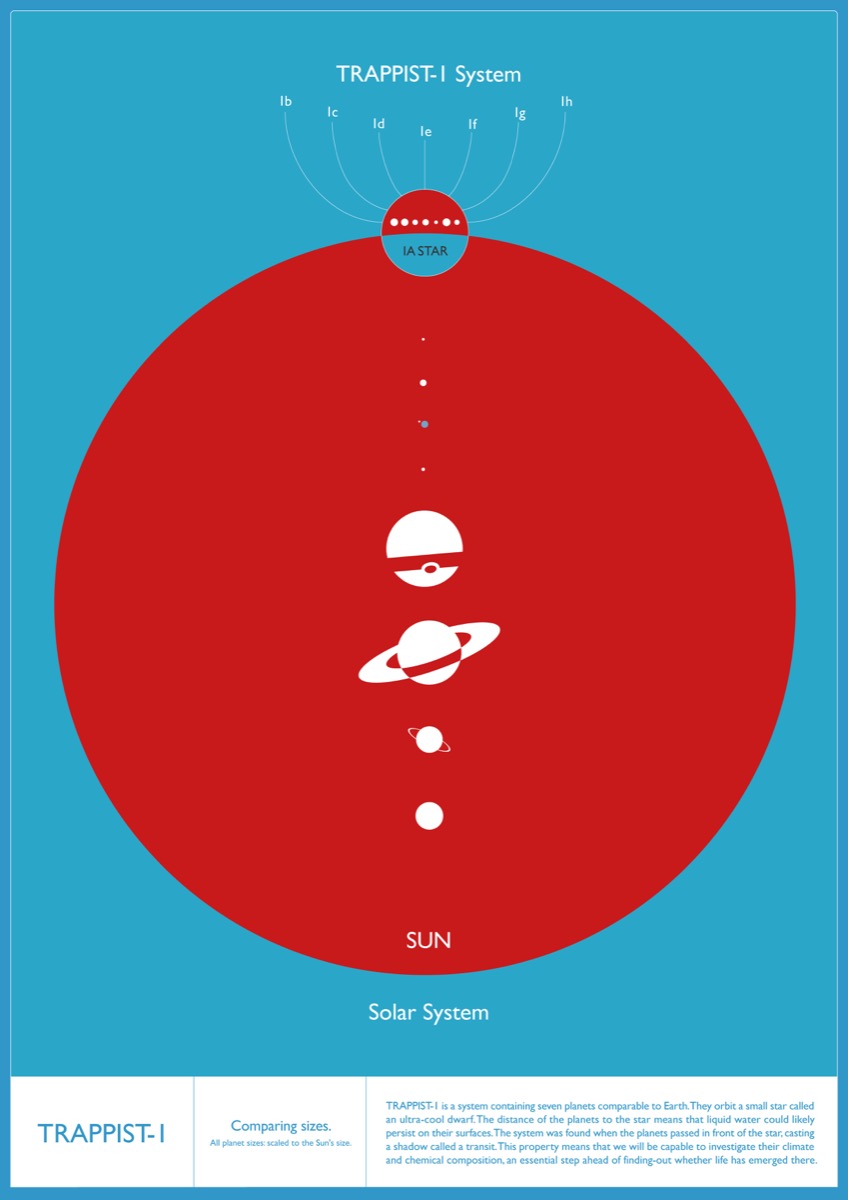
Diagram showing the sizes of the TRAPPIST-1 star and planets, compared to objects in our own solar system. The star TRAPPIST-1 is only slightly bigger than Jupiter.
Energy Fluxes in TRAPPIST-1 System
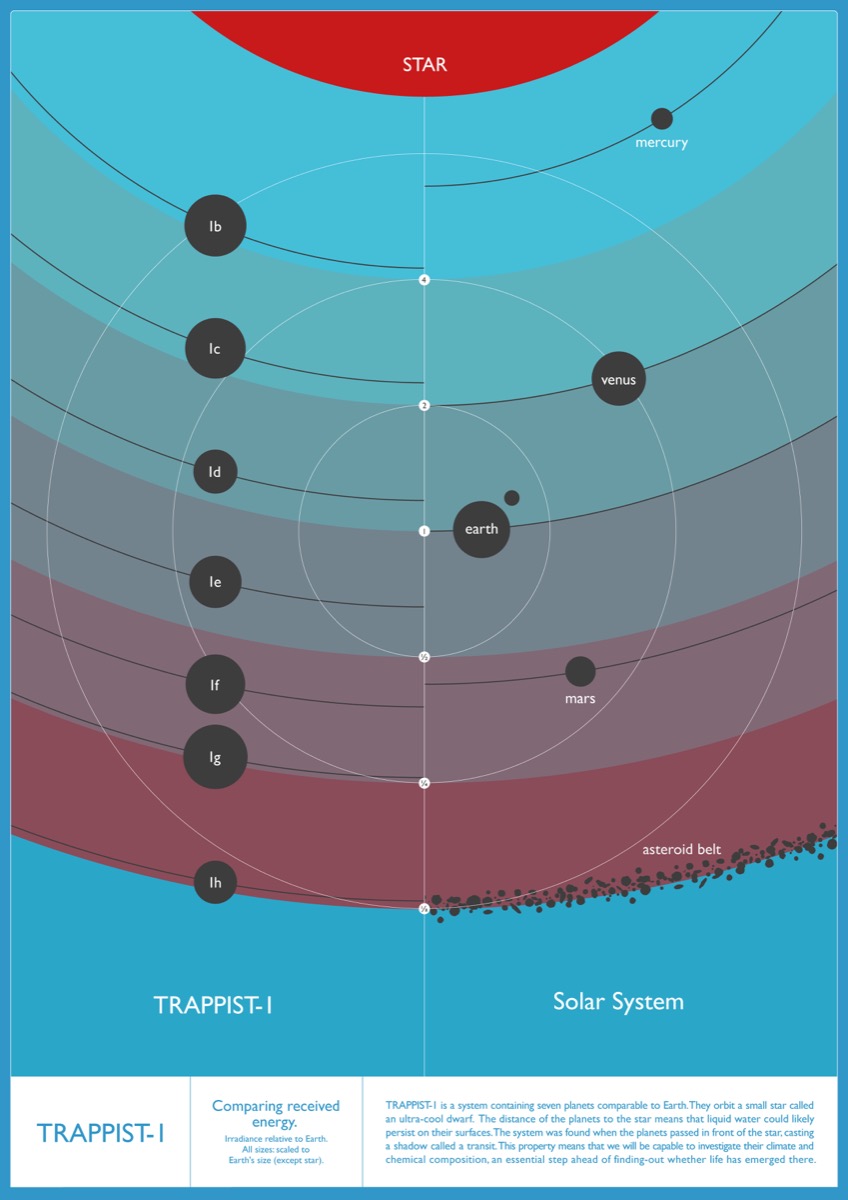
Diagram showing how much stellar energy the TRAPPIST-1 planets receive, compared to worlds in our own solar system.
TRAPPIST-1 System from Above
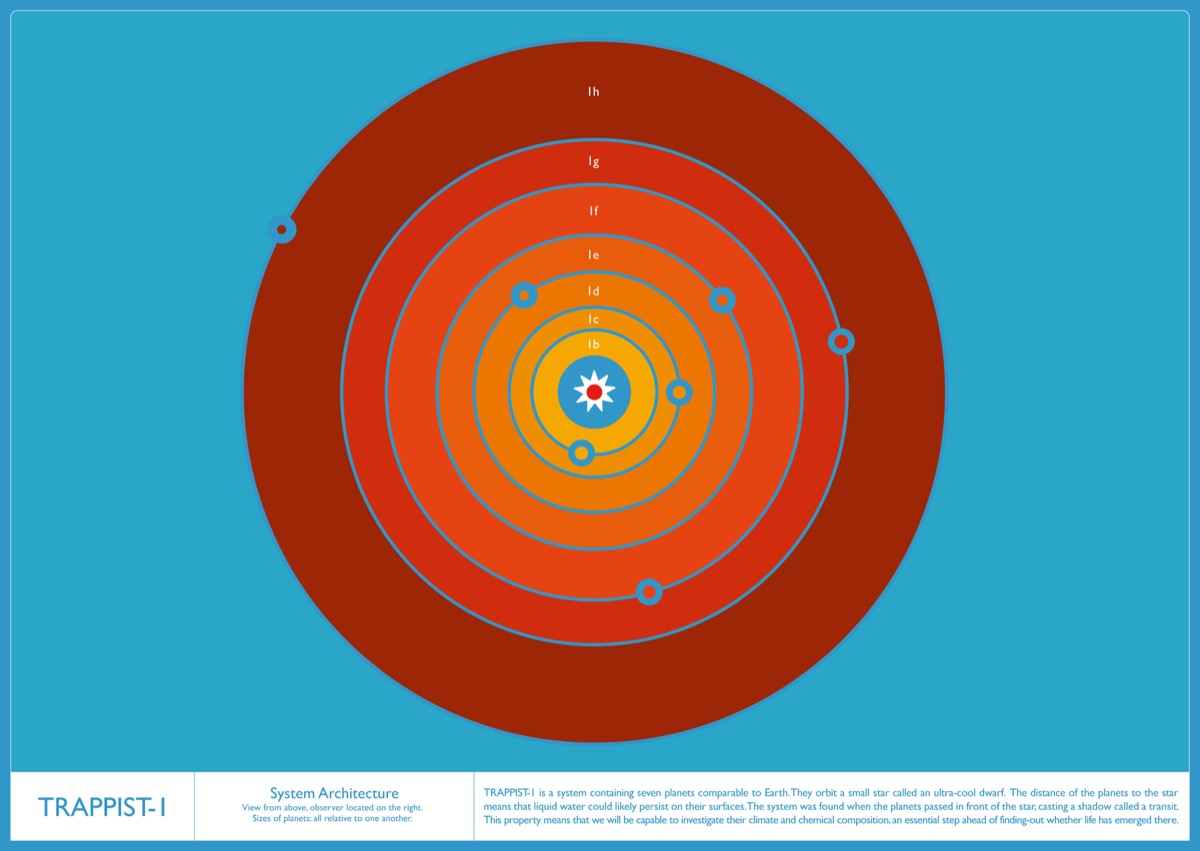
The orbits of the seven TRAPPIST-1 planets. The relative sizes of the planets are correct, but on a different scale to their distance to the star.
Join our Space Forums to keep talking space on the latest missions, night sky and more! And if you have a news tip, correction or comment, let us know at: community@space.com.

Tariq is the Editor-in-Chief of Space.com and joined the team in 2001, first as an intern and staff writer, and later as an editor. He covers human spaceflight, exploration and space science, as well as skywatching and entertainment. He became Space.com's Managing Editor in 2009 and Editor-in-Chief in 2019. Before joining Space.com, Tariq was a staff reporter for The Los Angeles Times covering education and city beats in La Habra, Fullerton and Huntington Beach. In October 2022, Tariq received the Harry Kolcum Award for excellence in space reporting from the National Space Club Florida Committee. He is also an Eagle Scout (yes, he has the Space Exploration merit badge) and went to Space Camp four times as a kid and a fifth time as an adult. He has journalism degrees from the University of Southern California and New York University. You can find Tariq at Space.com and as the co-host to the This Week In Space podcast with space historian Rod Pyle on the TWiT network. To see his latest project, you can follow Tariq on Twitter @tariqjmalik.









